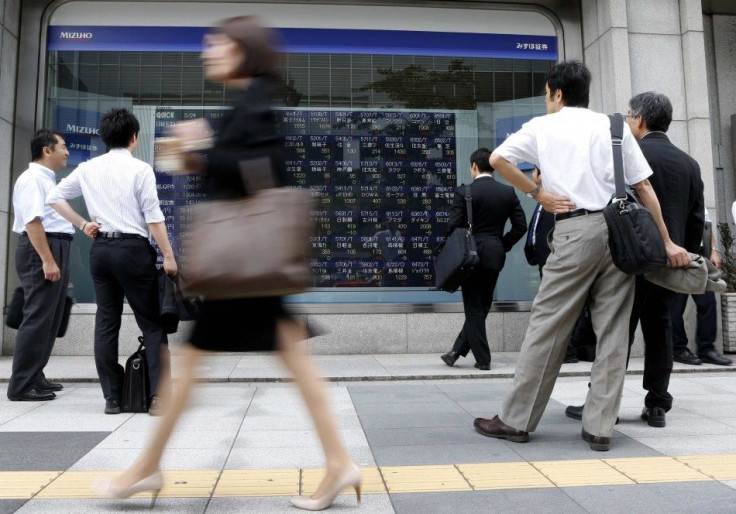Japan’s Demographic Doom: Tokyo’s Population Will Be Cut In Half Over Next Century

Japan’s future demographic crisis has been highlighted by a municipal government report citing that the population of the capital city of Tokyo will be cut by half over the next 90 years.
By then, almost one-half (46 percent) of the city’s residents will be past retirement the age of 65, underlining the trend that Japan’s population is rapidly aging and will require increasing health care and financial support. (Currently, the elderly account for about one-fifth of Tokyo’s populace).
The report -- compiled by city officials and academics on behalf behest of the Tokyo Metropolitan Government -- projects that by the year 2100, the city’s population will plunge to about 7.13 million from the13.16 million recorded in 2010 (after reaching a peak of some 13.35 million in 2020).
This means that Tokyo’s population in 2100 will match the numbers from 1940.
Such dire numbers spell doom for a nation that will not have enough working age people to support the pensions and health care needs of the elderly.
"The number of people in their most productive years will decline, while local governments will face severe financial strains," the report stated.
"So it will be crucial to take measures to turn around the falling birth rate and enhance social security measures for the elderly."
Akihiko Matsutani, professor emeritus at the National Graduate Institute for Policy Studies, told Japan’s Kyodo News agency: "The working population, concentrated in Tokyo, will be rapidly graying. If the economies of developing countries continue growing, the international competitiveness of major companies in Tokyo will dive.”
Looking at the country as a whole, Japan’s National Institute of Population and Social Security Research warned that the nation’s population will plummet by more than 61 percent to just under 50 million. More than two-fifths (41.1 percent) of the total population will be above the age of 65 by then.
Not only is Japan’s population rapidly aging, but, given the falling birth rate and the emergence of smaller families, many elderly will be living alone.
The National Institute of Population and Social Security Research stated that by 2030 the number of Japanese aged 75 or older living alone will double to 4.29 million from the 2005 figure.
Peter H. Liotta PhD, the author of "The Real Population Bomb: Megacities, Global Security & the Map of the Future," and Professor of Humanities at Salve Regina University in Newport, Rhode Island, warned that Japan needs to take steps immediately ward off its imminent population plunge.
“Something has to give. The easiest solution would appear be [for Japan] to allow immigration immediately,” he said.
“But this solution will never work. Japan, let us be honest, is a civilization unto itself. It cannot integrate wide cultural diversity, unlike the United States or India.”
Liotta noted that Japan’s demographic problems are hardly unique in the developed world, but they are particularly grave in the land of the rising sun.
“By 2050, in the developed world, the median age will be 51, with Japan and Germany averaging 53 to 55,” he noted.
“In 1900, the average life expectancy was 47; in 2000, it was 77 -- life expectancy in Japan is [now] 83.”
Thus, a combination of people living longer and younger couples postponing marriage and having kids (or bypassing these institutions entirely) paints a grim picture for Japan’s future.
© Copyright IBTimes 2024. All rights reserved.





















